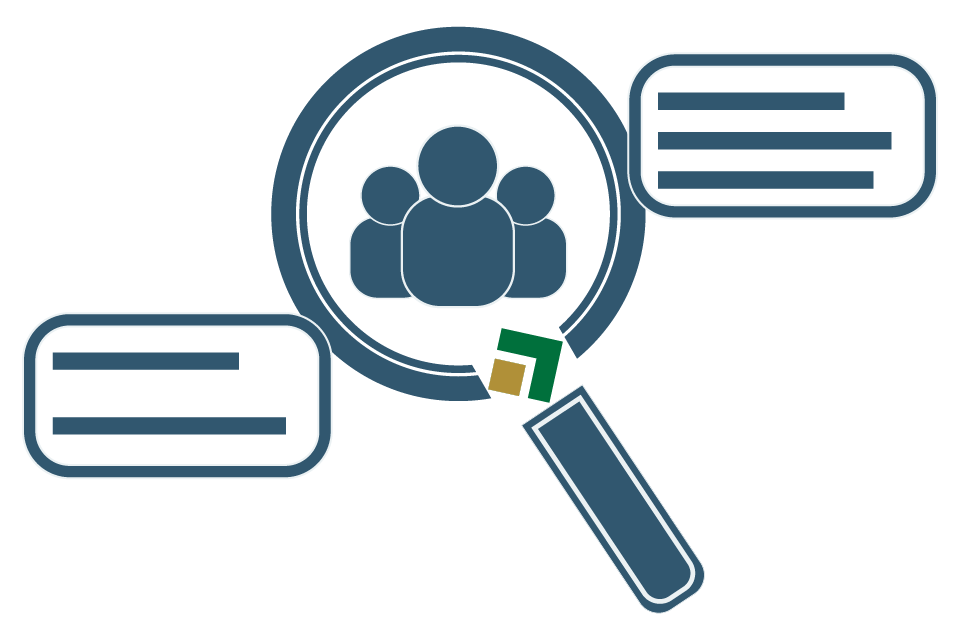What we’ve learned about user research
06/04/23 | Blog
By Anna Michaelidou Alexandride, User Research Lead
Transitioning from Waterfall to Agile
As IT Officers with backgrounds in Computer Science and Information Systems Management, we used to work with ‘Waterfall‘ methodologies, employing sequential development processes such as analysis, design, development, and testing, with each phase completely wrapping up before the next one begins. Specifically, we analyzed requirements for an eService as stakeholders and service owners.
We tested the service after implementation to verify that all requirements and business logic were included and that the service was according to the stakeholders’/owner’s needs. The great part of all these stages was that we always assumed citizens’ ideas from the owners’/stakeholders’ point of view.
In July 2021, when the DSF Team was established, we switched to the ‘Agile‘ methodology and adhered to the “User Centred Design” approach, which places the citizen first in every service.
User Research as part of the User Centred Design
The DSF Standards state that we should involve citizens in every stage of service development, including the Live Running Phase, through User research rounds. Designing an electronic service with the highest usability and user-friendliness requires a citizen-centred approach that addresses their pain points, difficulties, bad experiences, and ideas.
Even though it was challenging to recruit citizens (during COVID) for every scheduled research session, it was imperative to understand how people use services, and products and carry out tasks.
We took an independent and open-minded approach towards understanding human experiences and designing better tools, processes, and procedures that impact everyday life, even though the User Researcher (UR) role was relatively new to us.
During the first user research, citizens taught us that the desired service was different from what we had designed and that we, as URs, were not the real users. We realized that we needed to start with the citizen experience and work backwards towards the technology. Finally, when the service went live, it amazed us how easy it was for citizens to process their online submissions. Technical support was also reduced enormously.
They even contacted DSF to thank us for the positive impact and to request that all services should be implemented in the same way!
Relevant Content
- How User Research drives success in digital Government services
- Enhancing the Unified Design System with automated visual testing
- Design System update (V.3.0.0) - Unified Design System
- Improving Accessibility: Lessons from making design elements screen reader-friendly
- How to use the Figma community library file to design digital services